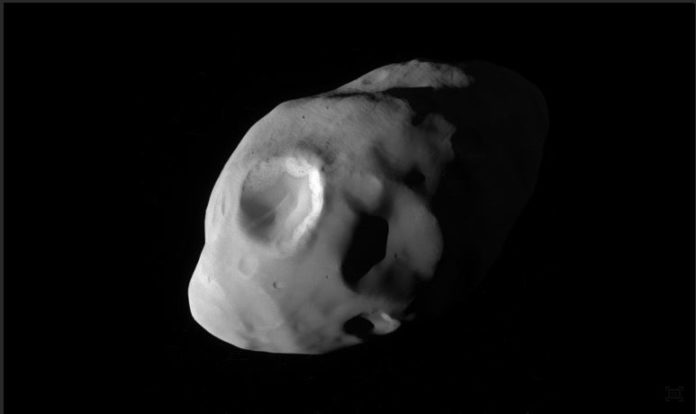NASA’s Cassini-Huygens spacecraft was sent to Saturn on October 15, 1997. The Cassini entered Saturn’s orbit on July 1, 2004 and after almost 19 years, the spacecraft encountered the rings of the sixth planet in the solar system.
Cassini has yet again brought smiles in the faces of the scientists as it captured Pandora on December 18. Pandora is a 52-mile wide moon near the F-ring of the planet. The F-ring is the outermost and the most active ring that adores Saturn. It captured the moon roughly about 25,200 miles away from it.
T he Space Science Institute in Boulder, Colorado is the Cassini’s image operations center which records every prominent move of the space-craft.
he Space Science Institute in Boulder, Colorado is the Cassini’s image operations center which records every prominent move of the space-craft.
Sources from this institute said that the spacecraft is equipped with several imaging instruments. It took this image in green light using the it’s narrow angle camera, at a scale of 787 feet/pixel.
And this image by Cassini is one of the highest-resolution views ever since the journey started. The space agency said, “This closest-ever flyby of Pandora was during the third of the craft’s grazing passes by the outer edges of Saturn’s rings”.
The source from the space agency also said, “There is a strong connection between the icy moon and ring.” It further explains that gravity links them together and shapes the way they both move.
The ring-grazing orbit four will take place on December 25, 2016. The spacecraft will be about 6,093 miles away from Saturn’s F-ring. And for the first time Cassini’s Cosmic Dust Analyzer will scoop. This will analyse the particles in the outer layer of the ring.




























